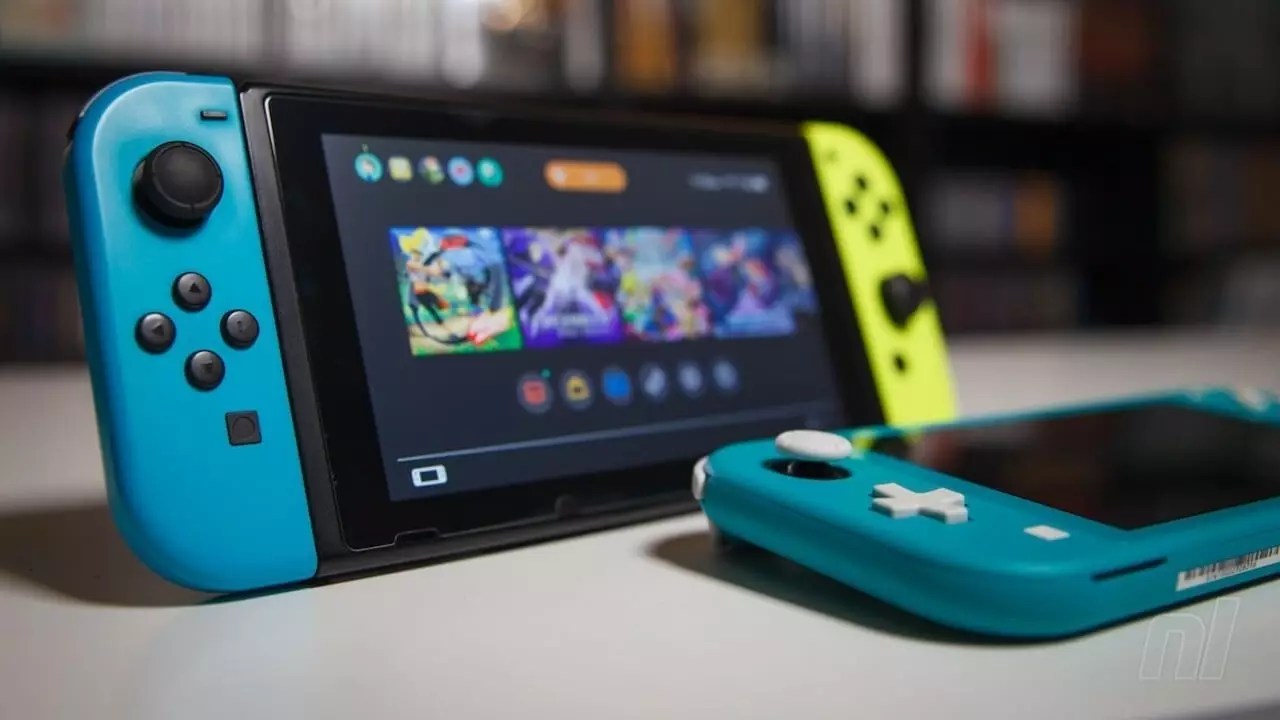Anticipation is building as the Nintendo Museum prepares to welcome its first guests next month. Shigeru Miyamoto, an iconic figure in gaming history, has taken this opportunity to reflect on Nintendo’s distinctive philosophy, emphasizing the company’s commitment to originality over conformity. In a recent interview with Famitsu, Miyamoto laid bare his vision for the museum, illustrating how it encapsulates Nintendo’s unwavering dedication to its unique ethos. This article will explore the sentiments expressed by Miyamoto, digging deeper into the enduring values that set Nintendo apart from its competitors in the gaming industry.
Nintendo has always been synonymous with creativity and innovation rather than merely following industry trends. Throughout its history, the company has thrived on an alternative approach, choosing to operate outside the conventional boundaries set by its peers. Instead of scrambling to keep up in the fierce console wars or aligning with the latest technological advancements, Nintendo under Miyamoto’s stewardship has prioritized its unique perspective. This decision reflects a deep-seated belief that true artistry lies in the dedication to producing experiences that resonate with players, rather than chasing fleeting market trends.
Miyamoto envisions the museum as a physical testament to this philosophy, where visitors can witness firsthand the evolution of Nintendo’s contributions to gaming. It serves not merely as a repository of artifacts but as a narrative space where generations of gamers can connect and appreciate what makes the company exceptional. He highlights that the aim isn’t tied to immediate financial strategies, but rather to foster an understanding of Nintendo’s independence from traditional industry pressures.
In an age where the gaming landscape seems to pivot with alarming rapidity, Miyamoto’s comments underline the significance of perseverance. He acknowledges that the industry often demands adherence to current trends—pressures that have been vocalized by analysts urging Nintendo to embrace aspects like online functionality and mobile gaming. However, Miyamoto reassures fans that the company is indeed attentive to these elements, channeling its research and innovation towards thoughtful developments rather than mere responses to competition.
To illustrate, he notes that Nintendo focuses on prioritizing the right timing for product launches rather than rushing into decision-making—a strategy that fosters trust among shareholders and consumers alike. Rather than succumbing to the pressures of modern gaming fads, Nintendo champions patience and deliberation, suggesting that this restrained approach is what allows it to produce legendary titles and systems. This understanding not only ensures the integrity of their products but also cultivates a loyal fanbase that appreciates the brand’s history and vision.
The opening of the Nintendo Museum is more than a celebration of past achievements; it reflects an ongoing commitment to foster community and connection among diverse generations of gamers. By welcoming visitors from various backgrounds to engage with interactive exhibits that illustrate the brand’s history, Nintendo aims to evoke nostalgia and curiosity. It’s about more than just preserving history; it’s about igniting a dialogue about the evolution of gaming and the role Nintendo plays in it.
The museum will likely serve as a crucible for both newer gamers who might not be as familiar with Nintendo’s storied past and longtime fans who have witnessed the company’s journey. By allowing players to physically step into the narrative of Nintendo, the museum positions itself as not just a tourist destination but as an educational experience, illuminating the brand’s philosophy of crafting innovative gaming experiences.
As the museum prepares to open its doors, one must ponder whether Nintendo’s approach will ever truly change. Is it possible for a company with such a rich heritage of uniqueness to adapt to a rapidly changing industry with grace? The evidence points towards a resounding “no.” By staying true to its core values, Nintendo has solidified its position as a beloved institution within the gaming community—one that encourages creativity, innovation, and thoughtful design rather than acting as a mere follower in a trend-driven market.
Ultimately, as Miyamoto aptly conveys through his interview, Nintendo’s pathway may look unconventional in a world obsessed with speed and competition, but it is precisely this divergence that solidifies their legacy and shapes the future of the gaming industry. The grand opening of the Nintendo Museum isn’t just the unveiling of a venue; it’s a celebration of an enduring philosophy that honors its players, its history, and its distinctive identity.


Leave a Reply